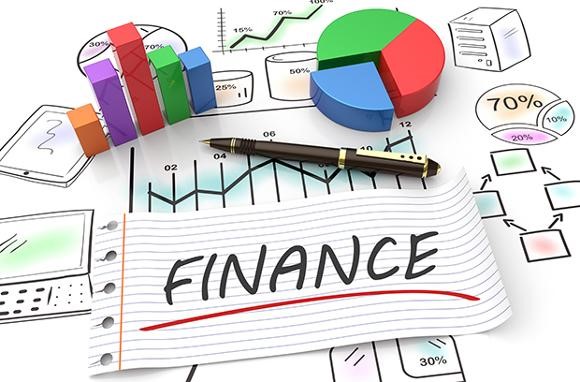“Teaser” Rates Are Causing Borrowers to Pay More in Interest than Expected

New research reveals that borrowers are paying through their noses – thousands of pounds to be precise. Why? Lenders teased new reduced interest rates but never offered them to the borrowers.
In fact, some borrowers may be paying close to three times the teased rates advertised by several personal loan lenders. This is according to an analysis done by the Center for Economics and Business Research (Cebr) for Shawbrook Bank.
According to the research, UK lenders advertised reduced rates ranging from 2.8% up to 5.5% for a £9,000 loan. However, the reality is far from this, with borrowers paying APRs as high as 7.0% for a personal loan. This translates to a 150% increase in total loan costs – something borrowers didn’t have in mind before.
The situation doesn’t appear to take a break any time soon if data from the Bank of England is anything to go by. The rift between the advertised rates and what consumers are paying continues to grow. Today, the rates stand at 3% up from 1% in 2011.
The Real Rates Borrowers Paid Versus What Was Advertised
Data from the Bank of England revealed that borrowers paid an average of 7% APR on a £ 10,000 personal loan compared to the advertised 4%. The 3% difference may appear small but according to the Cebr, this difference is costing borrowers a massive £194 million.
According to finance experts, ‘teaser pricing’ is to blame for the gap created between the advertised interest rates and the real rates on the ground. In fact, lenders are cagey with information regarding the nation 21 loans for bad credit application process and this is causing a lot of confusion on borrowers not to mention the money they are losing in the process.
The Problems Associated With Teaser Rates
Expectations breed disappointment and that is evident with the advertised interest rates that got consumers all hyped up. There’s more bad news. Lenders can only provide those rates to 51% of the customers. This leaves 49% out in the cold.
Having said that, borrowers will have a difficult time when making financial decisions about the loan they’d want to take out. This is because they don’t have the necessary information and chances are, they may not get the advertised rates.
Furthermore, borrowers are likely to pay more in instalments every month and interest altogether than they thought. The solution? According to Shawbrook Bank, the industry must consider the effects of the teaser rates when luring consumers to apply for loans.
However, as much as this may be an underhand tactic, it doesn’t appear as though the lenders will relent on using this tactic. In fact, the gap between the real rates and the advertised rates may increase and consumers in the UK will have to pay millions of pounds in loan servicing that they initially thought.
Therefore, it’s advisable to shop around for the best rates in the market before settling on a specific lender.
How to Get Better Loan Rates
Several reasons may lead a lender to reject your loan application. In some cases, they may accept the application but impose high-interest rates. One of these reasons is a poor or a bad credit score.
With this in mind, the first step before applying for a loan is to make sure you have a good score.
This way, you not only increase the chances of qualifying for a loan but also end up with lower APRs.
Evaluate Your Credit Score
Your credit score is like a pointer showing you the direction to take with your finances. This is why it’s important to check your credit score before applying for any loan. In addition, you’ll know whether the lender will accept your application or not.
The good news is that you can check your score as many times as you wish without having to worry about the overall rating taking a hit. Another reason to check your score is to check for errors. Negative errors can be detrimental to your overall score and your loan application as well.
Credit Inquiries
When applying for a loan, the lender will perform what is known as a hard search on your credit report. This will leave a footprint in your report and will dent your score but not too much. However, performing too many hard searches on your score will significantly lower your score.
Instead, use a price comparison website to check on your loan eligibility. These sites perform soft searches that don’t hurt your score. You can also use services offered by some banks such as HSBC, TSB, and Shawbrook.
Improve Your Credit Score
Actions such as making late payments on a credit card or even skipping them altogether, late bill payments, and making credit card applications too close together will harm your credit score.
To improve your score, start by paying off any outstanding debt. Also, make sure you make on-time payments on your loans and bills. This will show the lender that you’re responsible and will increase the chances of getting qualified for a loan.
You can also consider having a cosigner who can improve your qualification chances. Typically, a cosigner must have a stellar score because they’ll act as collateral for the loan. This means the cosigner will be responsible for the outstanding loan if you fail to repay. Also, if you make late payments, their score will take a hit.



















